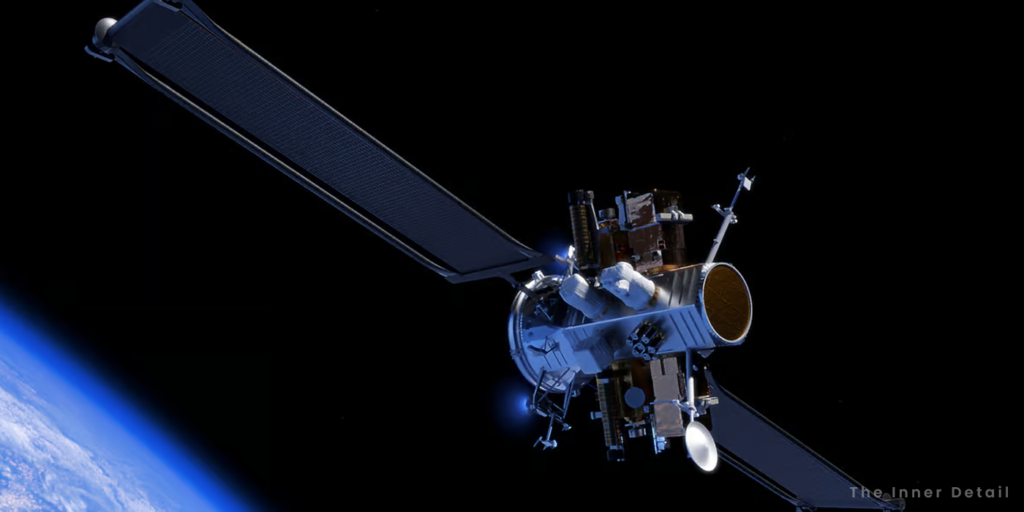The aviation company of Jeff Bezos, Blue Origin launches its new mission – Blue Ring, which aims to provide variety of logistic and delivery services like refueling, transportation, in earth orbits and in space.
Satellites and space stations are increasing day-by-day in the orbits, and is likely to boom further in the coming years. Ascribed to various reasons from satellite-internet, country-owned GPS system to mapping or measuring systems, the cluster of satellites are getting dense in the space. However, the infrastructure to support these satellites in space is minimal or rarely addressed. And this is where Blue Origin found the opportunity.
Blue Origin steps in and aims to develop that infrastructure which will handle multiple missions in multiple orbits, planning.
Blue Ring
The in-space systems business unit of Blue Origin, Blue Ring serves commercial and government customers by providing end-to-end services in medium Earth orbit out to the cislunar region and beyond. The services include span hosting, transportation, refueling, data relay and logistics, including an “in-space” cloud computing capability. So, if any rocket is out of fuel in the mid-air, Blue Ring would come for the rescue.
Blue Ring is designed to deliver or host payloads of up to 3,000 kg and provides unprecedented delta-V capabilities and mission flexibility. It can indeed move over the satellites between orbits.
“Blue Ring addresses two of the most difficult challenges in spaceflight today: growing space infrastructure and increasing mobility on-orbit,” said Paul Ebertz, Senior Vice President of Blue Origin’s In-Space Systems.
The size of Blue Ring enables it to be fit inside the currently existing Falcon 9, Falcon Heavy, Vulcan, and New Glenn launcher. It is equipped with an Evolved Expendable Launch Vehicle (EELV), Secondary Payload Adapter (ESPA) in both the 15-inch (38cm) standard ESPA configuration and the 24-inch (61cm) ESPA Grande.
Once in orbit, Blue Ring’s lifespan is estimated to be five years approximately, and the first launch is expected around 2025.
“We’re offering our customers the ability to easily access and maneuver through a variety of orbits cost-effectively while having access to critical data to ensure a successful mission,” added Paul Ebertz.
(For more such interesting informational, technology and innovation stuffs, keep reading The Inner Detail).
Kindly add ‘The Inner Detail’ to your Google News Feed by following us!

